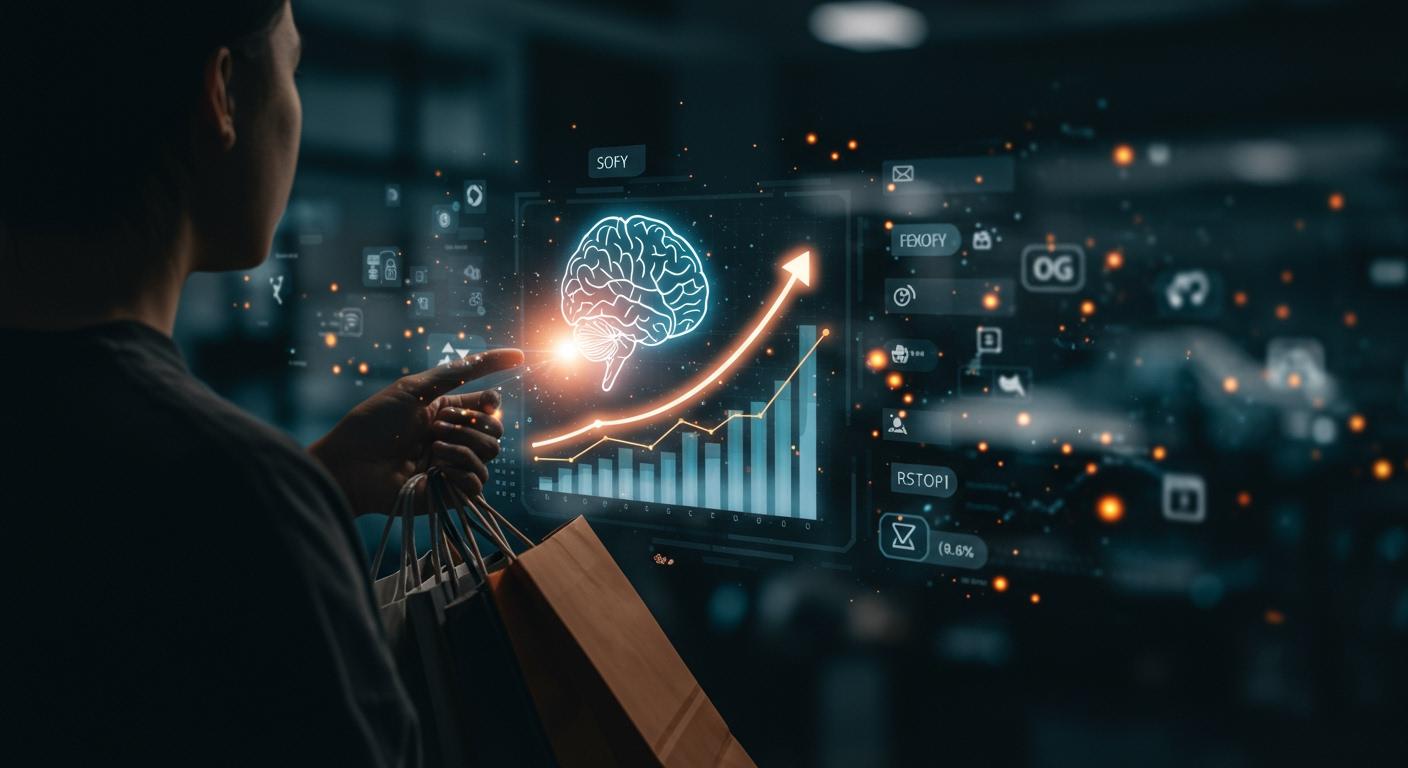
Fashion brands know your next favorite outfit. They use powerful AI to analyze massive data from social media, runway shows, and sales. This technology powers the latest AI fashion trends. It helps brands understand future consumer demand with incredible accuracy. The growth of AI in the fashion industry is significant. The market is projected to grow from $1.26 billion in 2024 to $1.77 billion in 2025. This shows the rapid adoption of AI for forecasting.
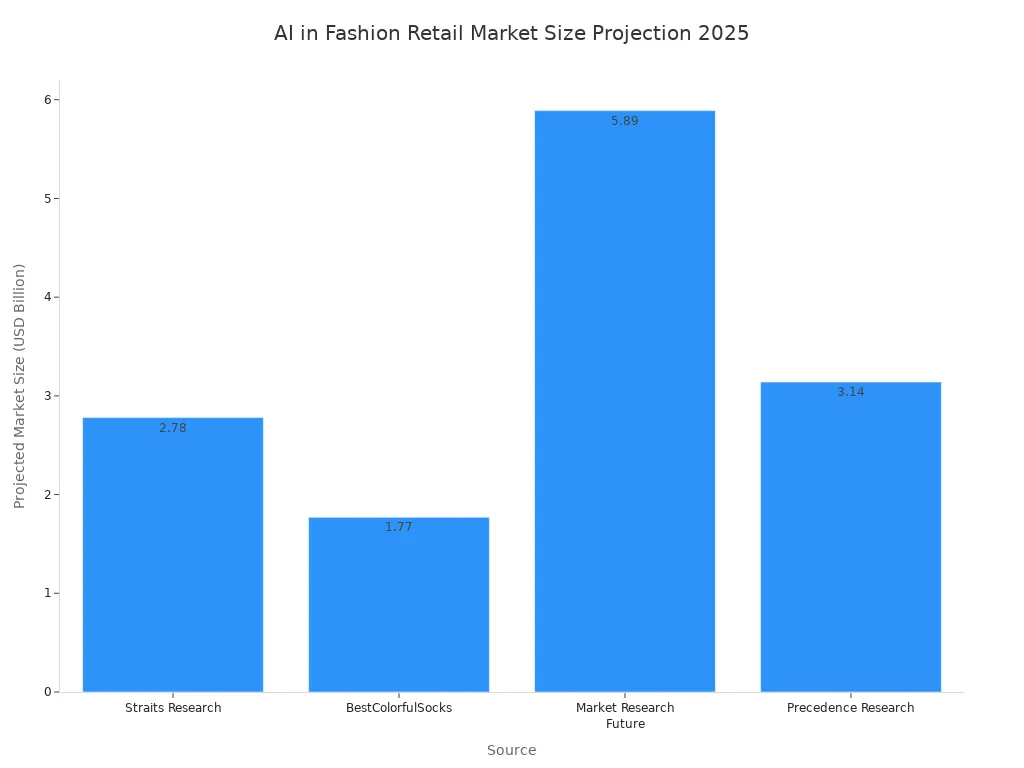
AI-driven demand forecasting is reshaping the entire fashion landscape. These AI fashion trends allow for smarter inventory and design choices. This creates a more responsive fashion world.
The Rise of AI Fashion Trends
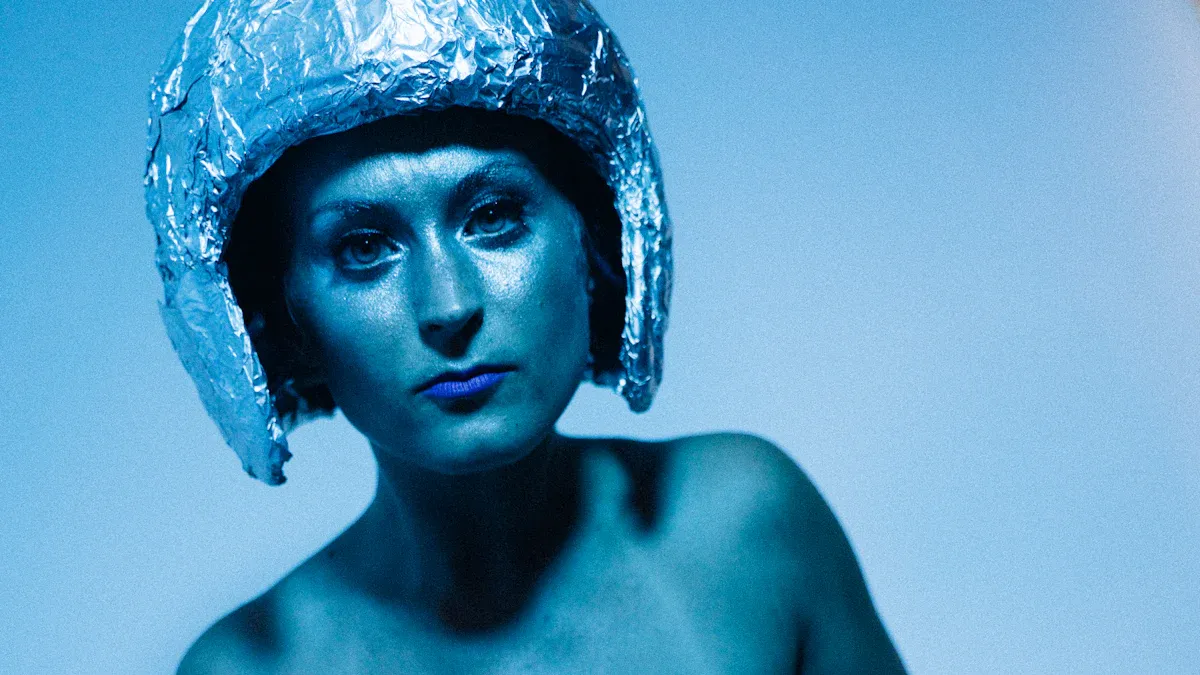
Artificial intelligence is reshaping the fashion world for 2025. AI transforms design processes and elevates the consumer experience. This technology provides deep consumer insights, allowing brands to create collections that resonate with the market. The future of AI fashion trends is here, and it is driven by data.
AI for Hyper-Personalization
AI and consumer personalization are changing how you shop. Brands use AI to analyze your browsing history, past purchases, and even social media activity. This data powers hyper-personalization. It creates a shopping experience that feels uniquely curated for you. The impact of this strategy is significant for the fashion market.
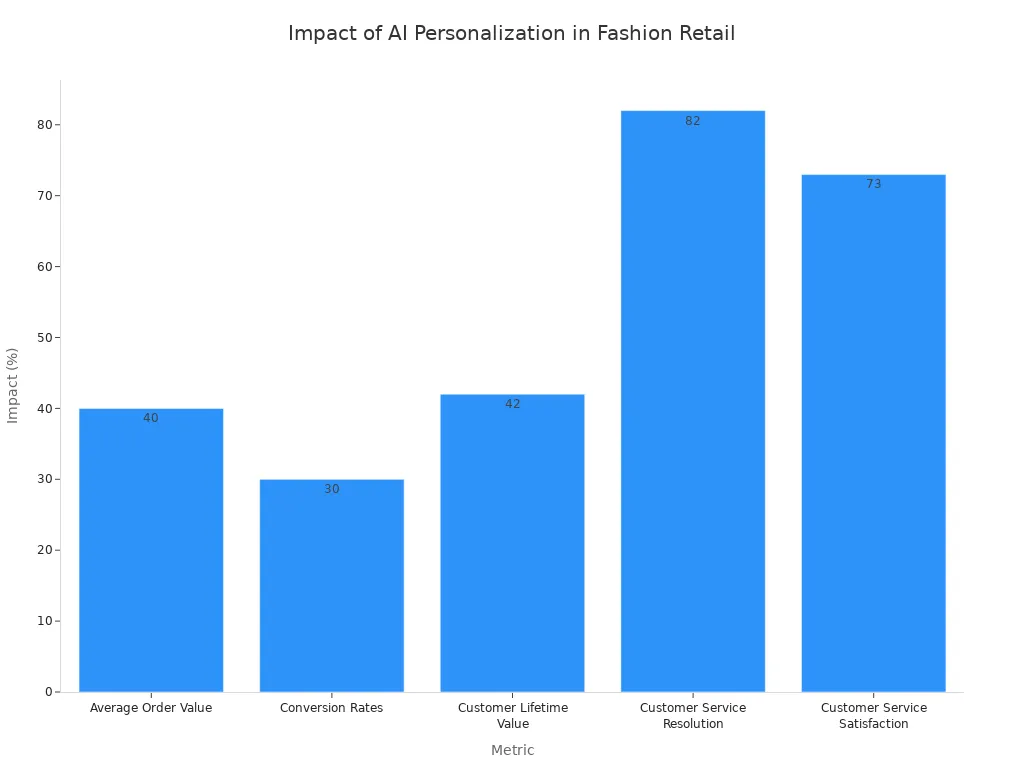
Leading fashion brands already use this technology.
- Nike uses AI for personalized product recommendations and sneaker customization.
- Gucci employs AI for virtual try-on technology and style advice.
- Levi’s incorporates AI for hyper-personalized denim customization.
Predictive Analytics from Social Data
Brands use an ai fashion trends forecasting tool to predict what you will want next. This tool uses AI to analyze massive amounts of unstructured data from social media. Natural Language Processing (NLP) scans text from TikTok and Instagram. It identifies keywords and sentiment around emerging fashion trends. Computer vision AI analyzes street style photos to detect patterns in colors, fabrics, and silhouettes. This trend forecasting provides powerful ai-powered fashion insights. For example, AI identified the rise of "linen utility sets" before they became a mainstream hit. These ai fashion trends help brands stay ahead.
Generative AI in Fashion Design
Generative AI is revolutionizing the design process. This technology creates new design concepts based on predicted trends. An ai fashion trends forecasting tool can feed data directly to generative AI models. These models then produce novel ideas for clothing, accessories, and even fashion print trends 2025. Brands like Victoria's Secret use generative AI to create innovative lingerie collections. The AI can also simulate the market viability of new designs. It creates realistic 3D garments for virtual try-ons. This reduces production risks and ensures new collections meet consumer demand. The use of AI in the fashion industry makes the entire process faster and more accurate. These ai fashion trends are defining the future of fashion.
AI-Driven Demand Forecasting in Action
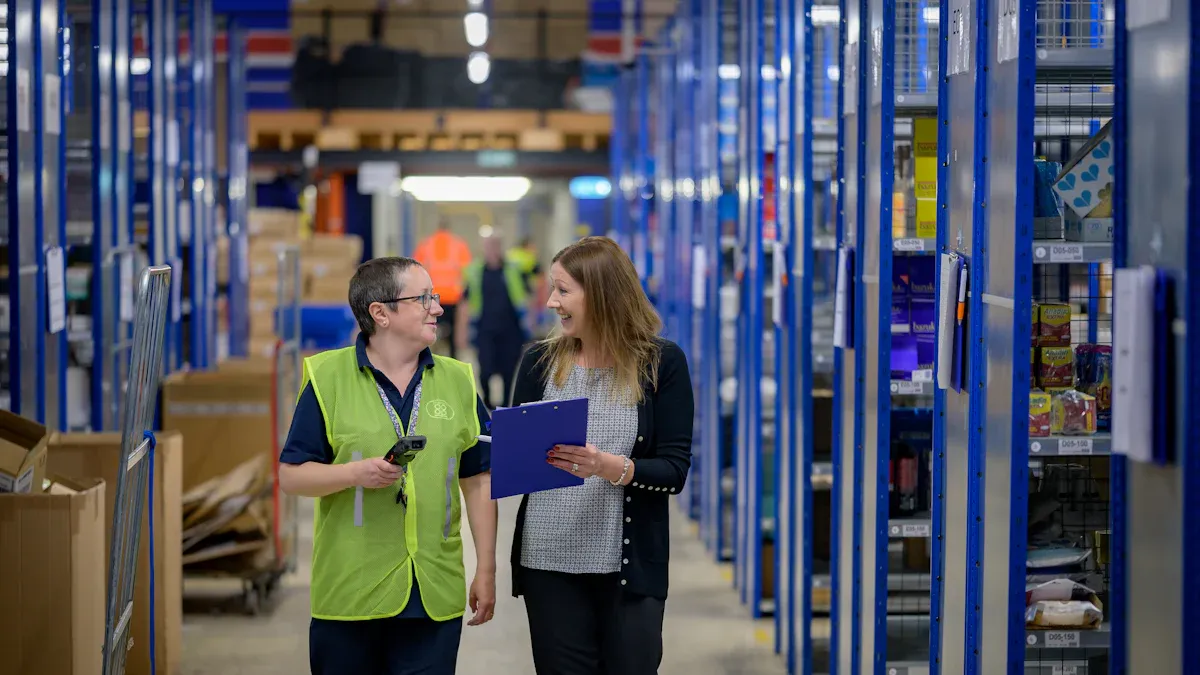
The fashion industry is rapidly adopting AI to refine its operations. A remarkable 75% of fashion executives now prioritize artificial intelligence for forecasting, pricing, and supply chain management. This shift is essential for survival and growth. The fast fashion market is projected to expand by USD 79.2 billion between 2025 and 2029. This massive growth requires the efficiency and accuracy that only ai-driven demand forecasting can provide. Brands use AI to turn raw data into actionable strategy, ensuring the right products reach the right customers at the right time.
Real-Time Trend Monitoring
Brands no longer wait for quarterly reports to understand market demand. They use AI dashboards for real-time trend forecasting. These systems monitor social media platforms like TikTok and Instagram, tracking keyword mentions and image virality. This ai-driven demand forecasting approach replaces guesswork with data-backed predictions. It allows for a rapid response to emerging ai fashion trends.
AI vs. Traditional Methods Traditional forecasting relies on past sales data and expert opinion. This method struggles to predict fast-moving micro-trends. AI overcomes this by analyzing a huge range of live data sources. It gives brands early insights into new trends, allowing them to act before competitors.
An ai fashion trends forecasting tool provides instant analysis of viral content. This helps brands understand influencer impact and capture ai fashion trends as they emerge. This proactive monitoring is key to staying relevant in the fast-paced fashion world.
Dynamic Inventory and Pricing
AI transforms how fashion retailers manage inventory and set prices. AI algorithms analyze demand signals, competitor pricing, and inventory levels to suggest optimal prices in real time. This dynamic pricing strategy helps maximize profit margins. For example, brands like Zara and ASOS use AI to adjust prices based on market demand and customer behavior. This flexibility can increase revenue by up to 15%.
AI also automates inventory management to prevent costly mistakes.
- Accurate demand prediction reduces overstock, with some companies cutting inventory holding costs by up to 25%.
- AI systems maintain optimal stock levels, preventing stockouts on popular items.
- This precise forecasting ensures that promotions boost sales without hurting profit margins.
By using an ai fashion trends forecasting tool for demand prediction, companies make smarter purchasing decisions. This data-driven approach is a core part of modern cost control in fashion.
Supply Chain Optimization
An efficient supply chain is critical for profitability in fashion. AI optimizes the entire process, from sourcing materials to final delivery. AI provides real-time visibility, identifies bottlenecks, and improves resource allocation. This leads to significant gains in both speed and cost savings.
AI-powered logistics deliver powerful results:
- Route Optimization: AI finds the most efficient shipping routes. It considers traffic, weather, and delivery schedules. This can reduce transport costs by 15-20% and cut trip times.
- Warehouse Automation: AI-powered robotics streamline picking, packing, and sorting. This increases order fulfillment speed by 25% and improves accuracy to nearly 100%.
- Sustainable Sourcing: AI analyzes data to find sustainable materials and suppliers. It helps reduce the environmental footprint of the fashion industry by optimizing routes to slash carbon emissions.
Ultimately, ai-driven demand forecasting provides the insights needed for a smarter supply chain. Better forecasting prevents overproduction, reduces waste, and ensures resources are used effectively. This comprehensive AI strategy is how modern fashion brands meet market demand with unprecedented speed and efficiency.
The AI Toolkit for Fashion
An AI-driven demand forecasting tool is essential for modern fashion brands. It combines powerful machine learning models with real-time data to predict market shifts. This technology is the engine behind the most successful ai fashion trends. Brands use this toolkit to understand consumer behavior, optimize designs, and capture the fast-paced nature of today's fashion landscape.
The Future of Trend Forecasting
The future of trend forecasting in fashion is a blend of AI precision and human creativity. While AI excels at processing vast datasets to spot emerging trends, human experts provide crucial context. AI can identify a pattern, but a human forecaster explains the cultural story behind it. This symbiotic relationship transforms raw data into meaningful insights. Looking ahead, AI will become even more central to fashion. It will deliver sharper forecasts by combining customer behavior insights, machine learning, and predictive analytics.
Platforms like Heuritech, EDITED, and Stylumia are already leading the way. These tools offer real-time market intelligence, helping brands bring styles to market faster. The evolution of AI in fashion will continue to focus on:
- Speed and Accuracy: AI algorithms will scan social media and reviews to spot early trend signals faster than ever.
- Creative Enhancement: AI will generate design ideas, prints, and textures, amplifying a designer's capabilities.
- Personalization: AI stylists and recommendation engines will use customer data to offer tailored looks, strengthening customer engagement.
Essential Machine Learning Models
An ai fashion trends forecasting tool relies on specific machine learning models to work its magic. These models turn historical data and real-time variables into accurate predictions. Two core models are essential for fashion forecasting:
- Time-Series Analysis: This model analyzes historical sales data to identify patterns like seasonality and cycles. Modern AI goes beyond simple averages. It uses deep learning models to capture complex relationships in sales data, even for new products with no history. The AI can analyze similar past products and current trends to generate an initial demand forecast.
- Regression Models: These models connect different variables to predict outcomes. For example, a regression model can link social media engagement (likes, shares) to sales figures. This helps brands quantify the impact of their marketing campaigns and understand which fashion trends are commercially viable.
These AI models allow for a granular level of forecasting, helping brands make smarter decisions at the individual product level.
Decoding Gen Z Fashion Trends
Gen Z's fashion trends move at lightning speed. Micro-trends can emerge and disappear in weeks, making traditional forecasting methods obsolete. AI is uniquely suited to analyze the rapid lifecycle of gen z fashion trends. AI algorithms use Natural Language Processing (NLP) to scan platforms like TikTok and Instagram for shifts in language and sentiment. This allows brands to detect emerging trends before they go viral.
Why AI Excels with Gen Z Human trendspotting is too slow for the Gen Z market. AI analyzes the velocity and depth of new trends in real time. It predicts a trend's potential based on momentum and historical data, giving brands a critical window to act.
AI helps brands understand the core values of Gen Z, such as sustainability and inclusivity. By analyzing online conversations, AI can identify which fashion trends align with these values. This ensures that new collections resonate deeply with the Gen Z audience. The ability of AI to decode gen z fashion trends makes it an indispensable tool for any modern fashion brand.
For 2025, AI forecasting in fashion analyzes unstructured social data and uses generative AI for design. This AI strategy creates hyper-personalized collections. The AI delivers on-trend collections with great accuracy. This ai-driven demand forecasting shapes future fashion collections. The AI uses data to predict demand for each fashion collection. AI is the future of fashion collections. This personalization is key.
The Competitive Edge of AI For brands, adopting AI is critical for staying competitive. McKinsey estimates generative AI could add $150–$275 billion in operating profit to the fashion sector. For the consumer, this means expecting a fashion collection and trends that feel uniquely curated for them.
FAQ
How does AI predict fashion trends?
An ai system analyzes massive datasets. It scans social media, sales figures, and runway shows. This ai process identifies patterns in colors and styles. The ai then forecasts the next big thing in fashion, giving brands a competitive edge in the fast-paced fashion world.
Will AI replace fashion designers?
No, ai will not replace fashion designers. Instead, ai acts as a powerful tool. Designers use ai to validate ideas and explore new concepts. The technology handles data analysis. This allows designers to focus on the creative side of fashion design, making the fashion industry more innovative.
How does AI fashion forecasting affect consumers?
AI fashion forecasting leads to a better shopping experience. Brands use ai to understand customer preferences. This results in more personalized collections and fewer out-of-stock items. Consumers find fashion that truly matches their style. This ai application makes fashion more relevant to individuals.
Is AI forecasting in fashion 100% accurate?
AI forecasting is not perfect, but it is highly accurate. The ai models constantly learn and improve. They provide much better predictions than traditional methods. This accuracy helps the fashion industry reduce waste and meet consumer demand more effectively. AI makes fashion smarter.
See Also
Leveraging Data Analytics for Optimal Product Assortment Decisions
Predicting Demand Accurately for Drop Models Using Data Insights
Maximizing Operational Efficiency Through Pick to Cart Systems by 2025
Boosting Production Forecast Accuracy with AI: 2024 Enterprise Best Practices
Modern Strategies for Retail Merchandise Assortment Planning: 2024 Best Practices